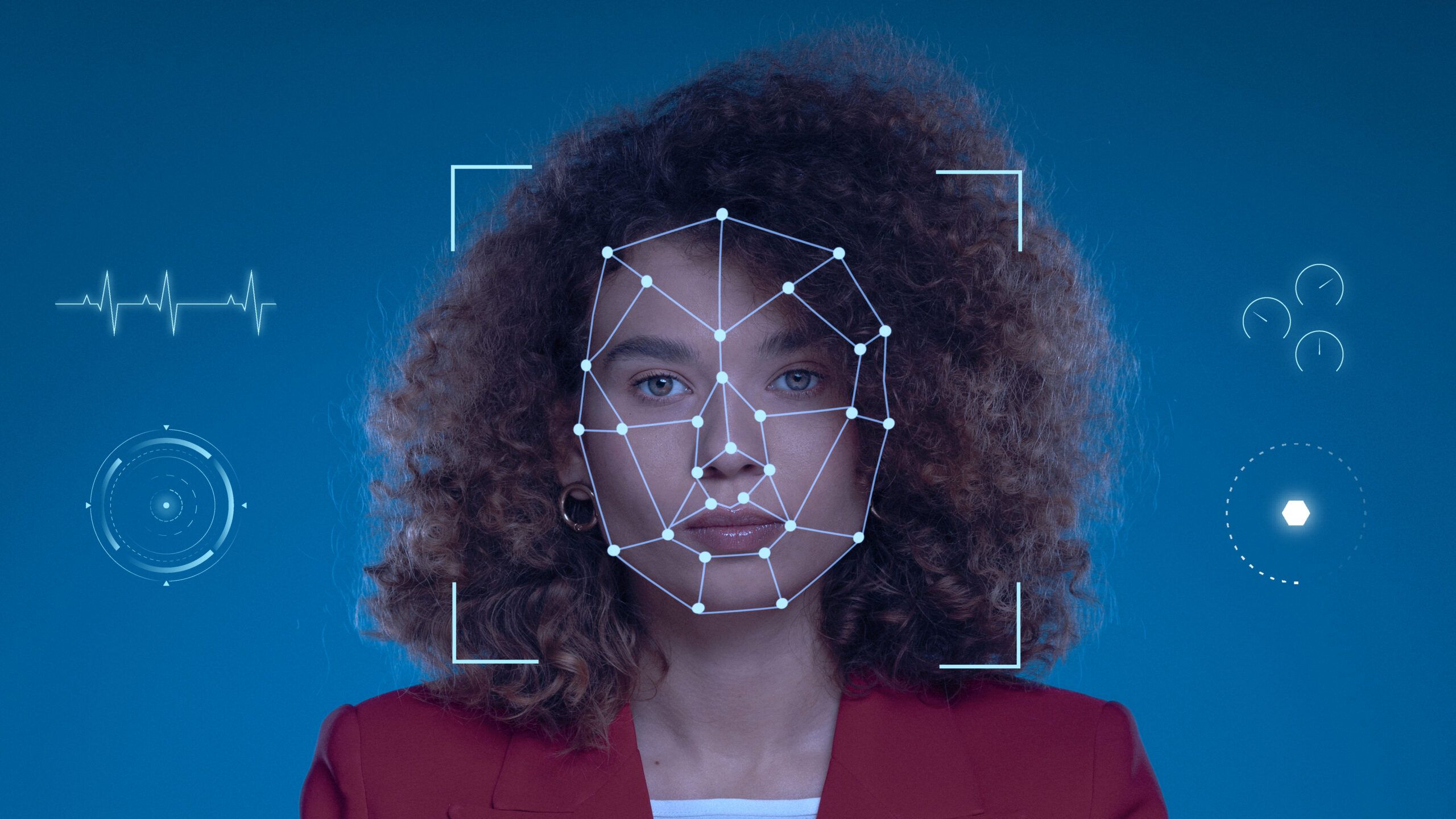The Art and Science of Deepfake Creation
Introduction
Deep learning is a subsection of machine learning, which, in turn, is a branch of artificial intelligence (AI). It involves training artificial neural networks on large amounts of data to make decisions or predictions without clear programming for specific tasks. The “deep” in deep learning refers to the use of deep neural networks, which have multiple layers (deep architectures) through which data is processed.
Key components of deep learning
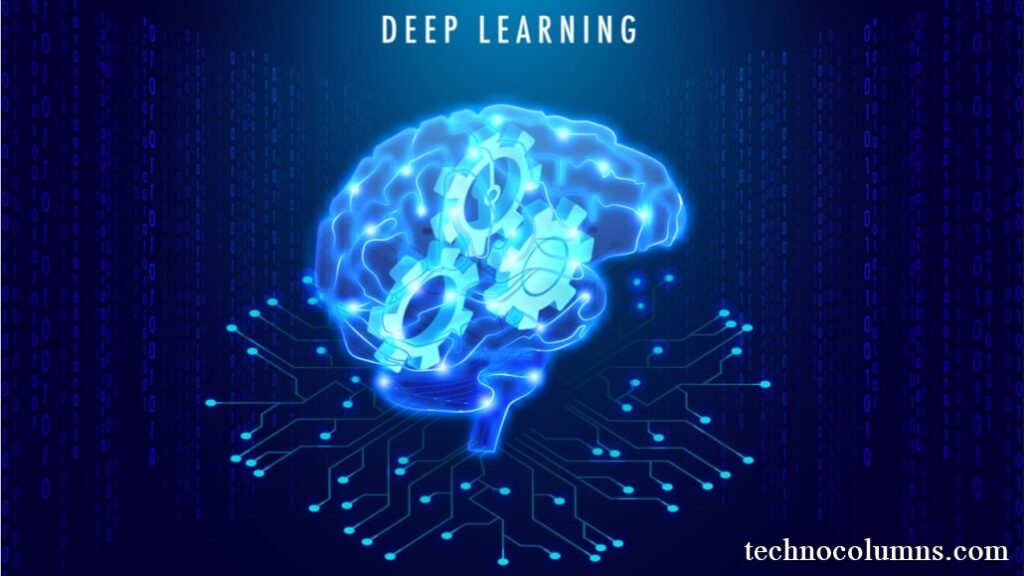
Neural Networks:
At the core of deep learning are artificial neural networks, which are inspired by the structure and functioning of the human brain. These networks consist of interconnected nodes organized into layers. The input layer receives data, and there are one or more hidden layers where computations take place, leading to an output layer that produces the final result.
Deep Architectures:

Deep learning involves the use of deep architectures, meaning neural networks with many hidden layers. This depth allows the model to learn intricate features and representations from the input data, enabling it to capture complex patterns and relationships.
Training with Data:
Deep learning models require a large amount of labelled data to learn and generalize from examples. During the training process, the neural network adjusts its parameters to minimize the difference between predicted outputs and actual outcomes. This is typically done using optimization algorithms like stochastic gradient descent.
Activation Functions:
Activation functions introduce non-linearity to neural networks, enabling them to learn complex relationships in the data. Popular activation functions include sigmoid, hyperbolic tangent (tanh), and rectified linear unit (ReLU).
Backpropagation:
Backpropagation is the optimization algorithm used to adjust the weights of the neural network based on the error calculated during the training process. It involves propagating the error backward through the network and updating the weights to minimize this error.
Deep Learning Applications:
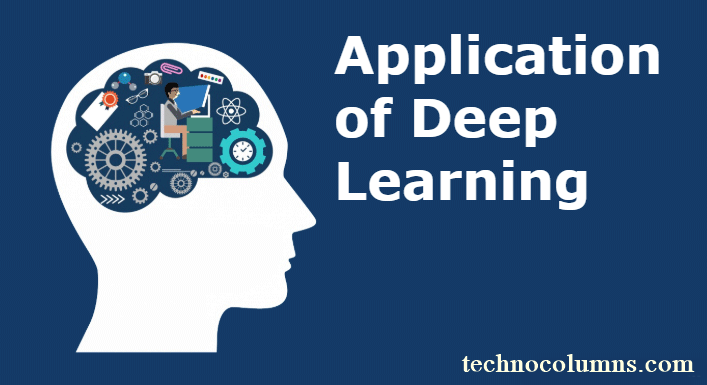
Deep learning has demonstrated remarkable success in various applications, including image and speech recognition, natural language processing, and playing strategic games. Convolutional Neural Networks (CNNs) are commonly used for image-related tasks, while Recurrent Neural Networks (RNNs) are effective for sequence-based tasks, such as language processing.
Challenges:
Despite its successes, deep learning faces challenges like the need for substantial labelled data, computational resources for training deep architectures, and the accountability of complex models. Researchers continue to address these challenges to enhance the practicality and understanding of deep learning systems.
Deep learning has revolutionized AI by enabling machines to automatically learn and extract features from data, leading to state-of-the-art performance in various domains. Its continuous development contributes to advancements in technology, making it a fundamental component of modern artificial intelligence.
Deepfake Video

A deepfake video is created using artificial intelligence (AI) techniques, particularly deep learning. Deep learning algorithms, such as generative adversarial networks (GANs), are employed to manipulate or generate realistic-looking content, often replacing one person’s likeness with another in videos. Here’s a brief overview of the process:
1. Data Collection:
Deepfake creation begins with the gaining of a considerable amount of data. This includes images and videos of the target person (the individual whose likeness will be replaced) and the source person (the one whose features will be inserted). The quality and variety of this dataset play a vital role in the success of the deepfake.
2. Face Alignment:
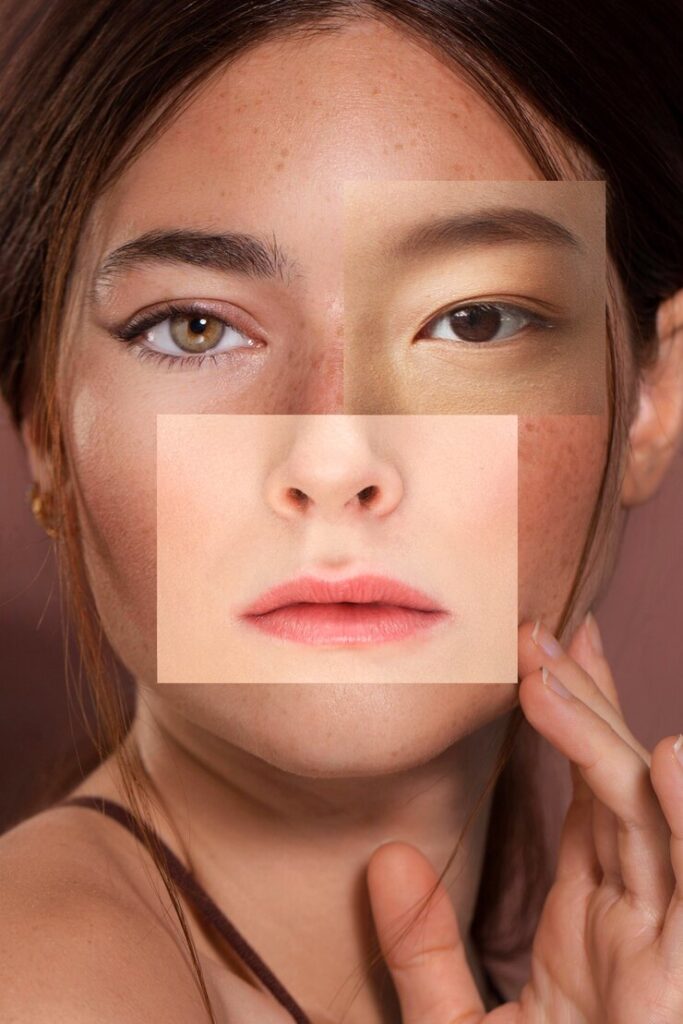
Before plunging into the deep learning process, it’s essential to align the facial features in both the target and source images. This alignment ensures that the subsequent steps accurately map the corresponding elements, facilitating a more continuous integration of the source person’s features onto the target person’s face.
3. Feature Extraction:

Deep learning algorithms, often convolutional neural networks (CNNs), are employed to extract intricate facial features, expressions, and shades from the target and source data. This step is critical for the AI model to understand and replicate the unique characteristics of each face accurately.
4. Training the Model:

The heart of deepfake creation lies in the training of the AI model, typically using generative adversarial networks (GANs). GANs consist of two neural networks — a generator and a discriminator. The generator is responsible for creating synthetic content, while the discriminator evaluates the realism of the generated content. Through a repetitive process, these networks “compete” with each other, leading to improvements in the generator’s ability to produce undoubted and true-looking content.
5. Synthesis:
Once the model is trained, it can be applied to generate frames or sequences for the deepfake video. During synthesis, the AI algorithm blends the facial features of the source person onto the target person’s face in the video. The goal is to make these alterations seamless and indistinguishable from authentic footage. Techniques like facial landmark detection and mesh warping are often employed to achieve a more accurate alignment of features.
6. Post-Processing:
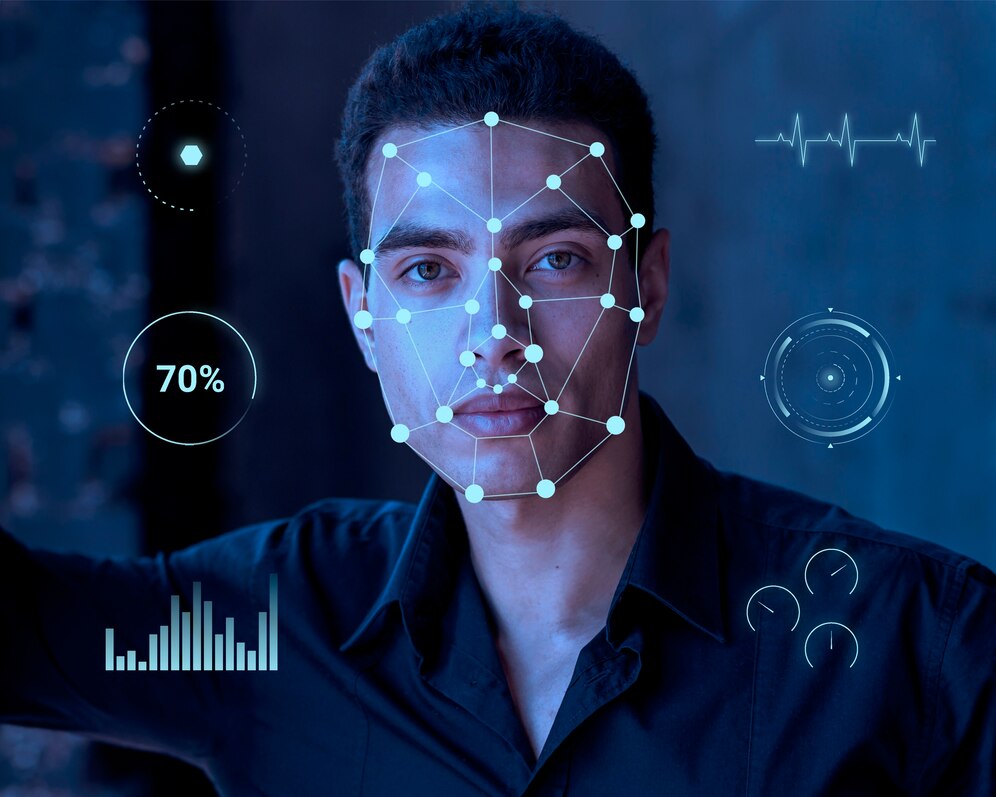
After the initial synthesis, the deepfake video undergoes post-processing to enhance its realism further. This step involves refining the created content to address any objects, inconsistencies, or imperfections introduced during the synthesis process. Post-processing techniques may include color correction, noise reduction, and other adjustments to ensure a polished and convincing result.
7. Ethical Considerations:
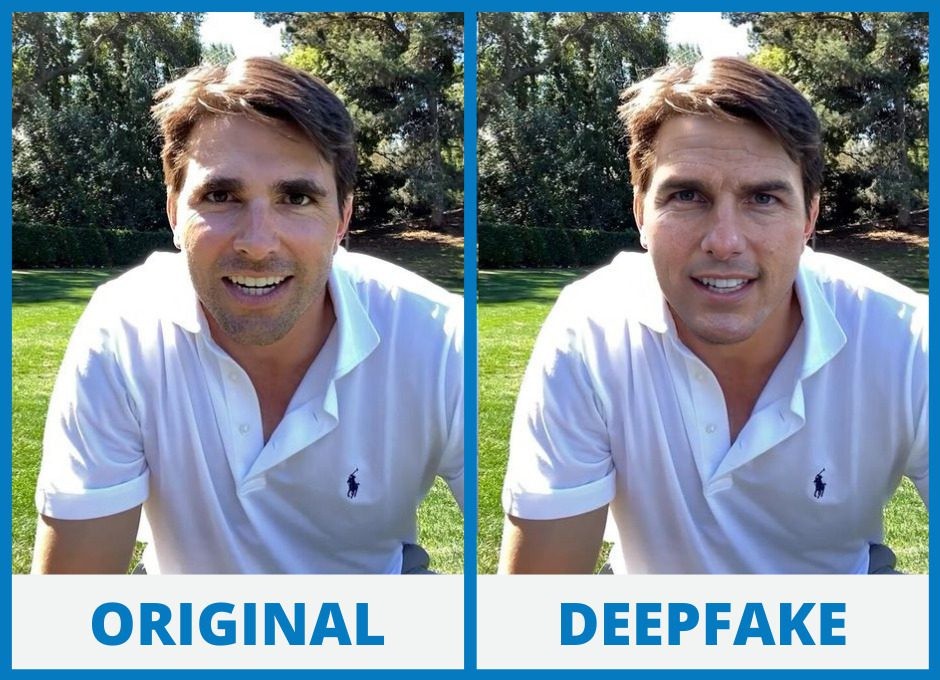
The rise of deepfake technology has raised ethical concerns, particularly regarding misinformation and the potential for creating deceptive content. The ability to convincingly depict individuals saying or doing things they never did poses significant risks in various areas, including politics, journalism, and personal relationships.
Check this video link to know how an actress video was created using deepfake technology. https://www.youtube.com/watch?v=laQtUgr_zZM
8. Detection and Mitigation:
Given the potential misuse of deepfakes, there is an ongoing effort to develop tools and techniques for detecting and justifying their impact. Researchers are exploring methods based on digital forensics, watermarking, and machine learning algorithms designed to identify irregularities or anomalies indicative of deepfake manipulation.
Conclusion
In conclusion, the creation of deepfake videos involves a sophisticated relationship of data, machine learning, and post-processing techniques. While the technology has applications in entertainment and creative expression, its possible misuse highlights the importance of ethical considerations and the development of corrective steps to safeguard against misleading and harmful uses of deepfake technology.

